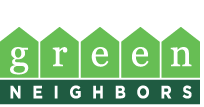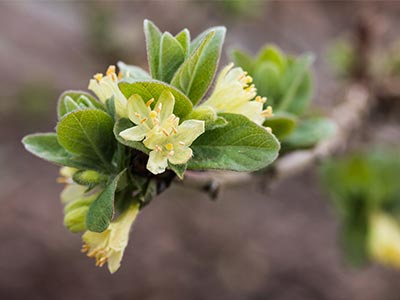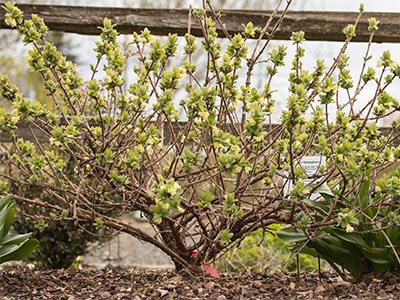Honeyberry 'Blue Pacific', Blue Moon', 'Blue Velvet'
- Scientific Name: Lonicera caerulea 'Blue Pacific', Blue Moon', 'Blue Velvet'
- Garden: Edibles and Herbs Garden
- Plant Type: Shrub
- Evergreen/Deciduous: Deciduous
- Sun/Shade Exposure: Full Sun
- Moisture Requirements: Moist, Well-Drained
Plant Information
Late Blooming Honeyberry Varieties These varieties bloom up to 2 months later in the NW region than the early blooming varieties. Later blooming means that more bees and other insects are available for pollination and fruit set is significantly better. These varieties are also good for east of the Cascade Mountains, and other colder regions of the US. Site and Soil: Honeyberry likes 1/2 day to full sun in the Pacific Northwest and other cool regions, partial shade in hot regions, and well-drained soil. Pollination Requirements: Two varieties with similar bloom time are needed for cross-pollination. Hardiness: Honeyberry is hardy to minus 40° F. Bearing Age: 1-2 years after planting. Size at Maturity: 2-3 ft. in height Bloom Time: March Ripening Time: June Yield: 5-10 lbs. Pests & Diseases: Honeyberry is not bothered by pests or diseases. To deter birds, use mylar flash tape or cover plants with netting. Source: https://www.Onegreenworld.com
Data Source
https://www.onegreenworld.comPlant Photos





